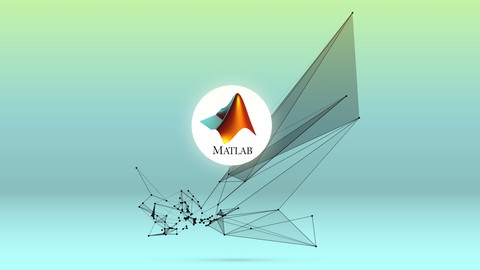
Welcome to this course on matlab and probability. This first lecture will focus on the introduction and course outline. Because this course uses matlab it won’t follow a traditional probability and statistics course outline, rather i’ll show you as we go along how the concepts of probability can be applied, or viewed, through the lens of matlab. More generally, I want to show you how a programmer might approach problems in probability. So now let’s talk about some of the topics we’re going to go through in the second ecture. We’re going to talk about what is probability, and we’re going to give some definitions and examples. In the lecture after that we’re going to talk about how we can measure probability given some data. So, how to open a file, and measure the probability of some of the features of your data. In the next lecture we’ll talk about how do you generate random data, so how can you do a probabilistic simulation. In the next lecture we’ll talk about a famous problem in probability called the birthday problem, or the birthday paradox. In the next lecture we’ll extend the idea of probability from discrete variables to continuous variables. In a lecture after that we’ll talk about a special continuous variable distribution called the Gaussian distribution, or the normal distribution. In the next lecture we’ll talk about if you have some data that is continuous, how do you test if it is Gaussian distributed? In the lecture after that, we’ll talk about if you have two different Gaussian distributed groups of data, how can you compare the two? And then in the last lecture, we will extend the idea of the Gaussian to a multi dimensional Gaussian. So, what will you be able to do by the end of this course? You’ll understand mathematical problems that contain uncertainty. You’ll be able to quantify uncertainty both in theory and in practice. You’ll be able to use matlab to measure uncertainty in your data. You’ll be able to use matlab to simulate systems that contain uncertainty. You’ll be able to understand and calculate probabilities in the famous birthday paradox. You’ll understand the mathematics behind the very famous bell curve, or a normal distribution, or Gaussian distribution. You’ll know whether or not the data you’re working with is Gaussian distributed, and you’ll know how to handle Gaussian distributed data. I look forward to teaching you.









